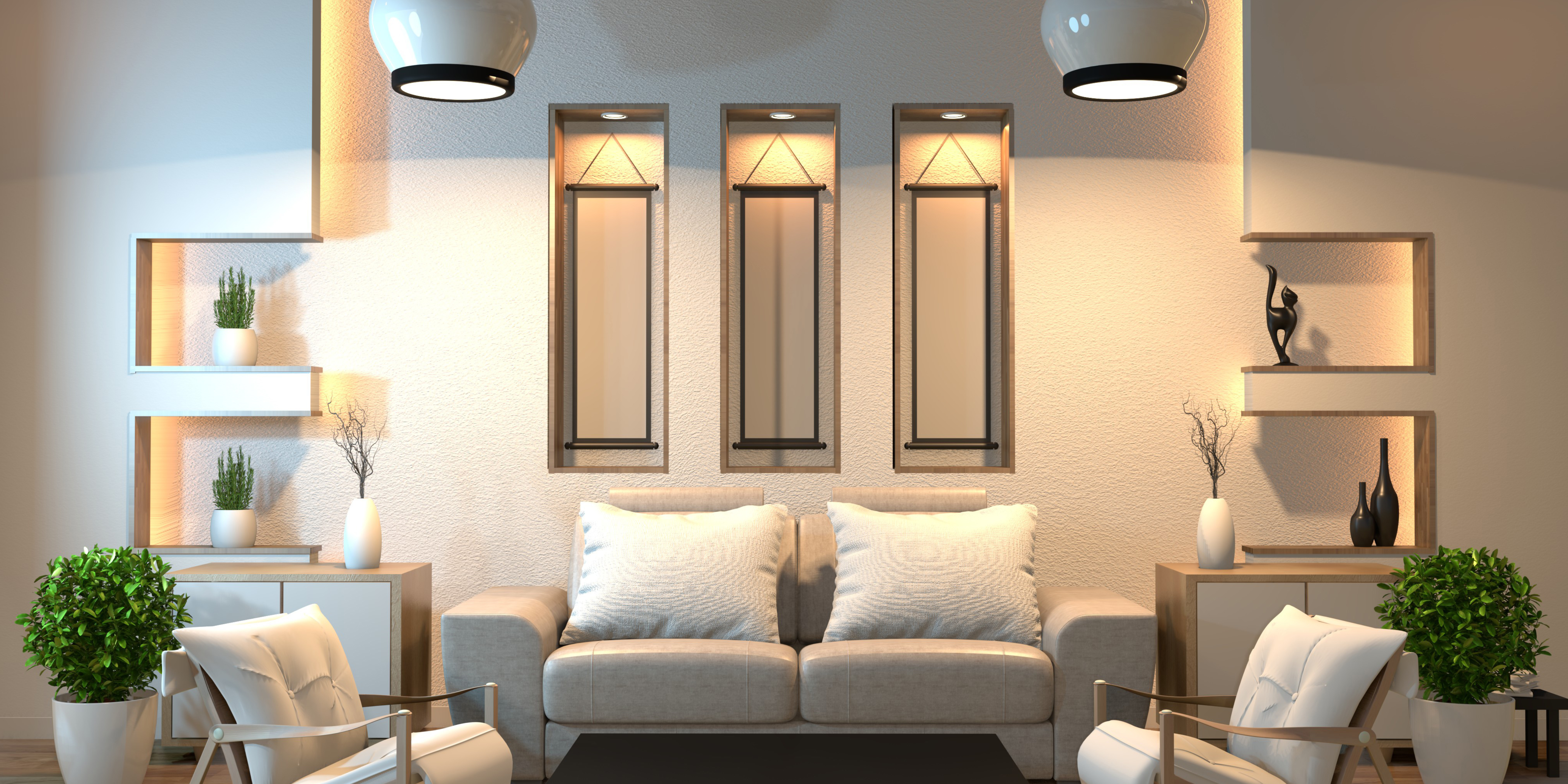
Different types of furniture design include modern, contemporary, traditional, and minimalist styles. Each style has its own unique characteristics and influences, ranging from sleek lines and minimal ornamentation in modern design to ornate details and intricate craftsmanship in traditional design. Additionally, furniture design can also be influenced by cultural aesthetics, environmental sustainability, and ergonomic considerations. For example, Scandinavian furniture design is known for its simplicity, functionality, and use of natural materials like wood. Japanese furniture design, on the other hand, emphasizes minimalism, harmony with nature, and clean lines. Furthermore, sustainable furniture design focuses on using eco-friendly materials and manufacturing processes to reduce environmental impact. Lastly, ergonomic considerations prioritize comfort and efficiency in furniture design to ensure that it is user-friendly and promotes good posture. These factors are crucial in creating furniture that not only enhances the aesthetic appeal of a space but also contributes to a healthier and more sustainable environment. By incorporating these principles into furniture design, designers can create pieces that are not only visually appealing but also promote a more sustainable and ergonomic lifestyle for users. In addition, designers can also explore the use of sustainable and renewable materials such as bamboo or reclaimed wood to further reduce the environmental impact of furniture production. Furthermore, incorporating innovative manufacturing techniques like 3D printing can minimize waste and energy consumption during the production process. These advancements in materials and manufacturing processes can greatly contribute to creating furniture that is both environmentally friendly and aesthetically pleasing. By incorporating sustainable and ergonomic design principles, furniture can not only benefit the environment but also improve the overall well-being of its users. For example, adjustable-height desks can promote better posture and reduce the risk of musculoskeletal disorders. Additionally, integrating smart technology into furniture can optimize energy usage and enhance the user experience, further aligning with a sustainable and ergonomic lifestyle.
